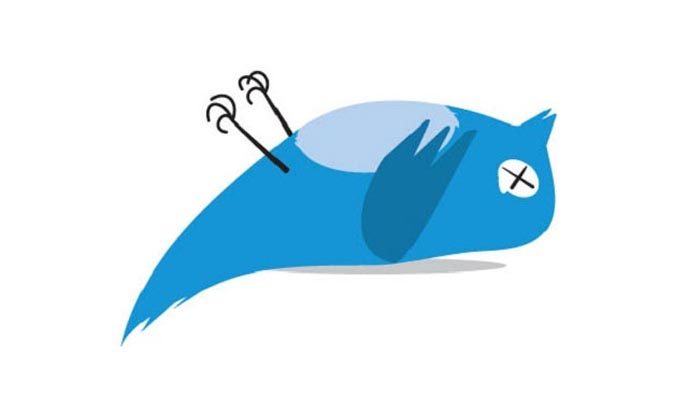It almost doesn’t matter what sort of business you want to run these days unless you really want to operate under a complete shroud of anonymity. If your business touches any part of the Internet, social media is going to play a very significant role. Part of the challenge is deciding where you should focus your efforts in order to gain the maximum benefit. Should you jump onto Snapchat because that’s what all the hip kids are doing these days?
If you were to ask any number of social media experts several years ago, many of them would have told you that Twitter was the happening place to be. You couldn’t throw a stone without seeing a hashtag appear on your television or have the Twitter handle of the news anchor flash in the bottom thirds. These days, though, Twitter might not be nearly as relevant as it has been.
Does this mean the poor birdie is dead in the water?

1. It Has Too Much Noise
In the earlier days of Twitter, you could really engage in some truly amazing conversations with really interesting people, 140 characters at a time. People really connected and developed some real networks. Indeed, it is through Twitter that I met many of current “online friends,” fellow bloggers and influencers. Without Twitter, I’m not sure I would have ever connected with them the way that I have.
A big part of the problem now is that Twitter has grown too big for its own good. What’s more, whereas it used to be about real-time conversation, it is now dominated much more by scheduled tweets and syndicated content. A lot of tweets simply indicate what someone is doing elsewhere on the web, like posting a picture on Instagram or liking a video on YouTube.
The reduced signal-to-noise ratio has become a major obstacle and, as a marketer, it means it has become even more difficult for you to cut through the noise and get noticed.
2. It’s Overrun with Bots
Intimately related to the first point, another big problem with Twitter is its steady decline in the level of authenticity. Connecting with real people on things that really matter still happens, but it’s far rarer than ever before. That’s because, as a proportion, there are fewer “people” on Twitter these days.
Of the approximately 319 million monthly active users on Twitter, between 9% and 15% are bots. That translates to somewhere between about 28 million and 48 million bot accounts. If the “person” you’re following on Twitter isn’t a person at all, can it really be called “social” networking anymore?
3. It Doesn’t Focus on What I Want

As content creators, we have a love/hate relationship with algorithms. On the one hand, the content that is most relevant and potentially the most interesting to us (as determined by the complex code) is what rises to the top and is what is shown to us. On the other hand, it means our organic reach has taken a significant hit and it’s harder to reach our audiences than ever before.
To this end, Twitter is both winning and losing… sort of. If you browse around the Twitter moments, you’ll see a curated list of tweets on various topics. However, if you log into your account and just go into your regular feed, it’s still in its standard reverse chronological order. Remember that problem with signal-to-noise? When you’re following hundreds or even thousands (or even hundreds of thousands) of accounts, do you really want to filter through all of that to find the little nuggets that interest you?
4. It’s Restrictive By Design
One of Twitter’s greatest features has inevitably becomes its greatest weakness. Twitter was born in an age when mobile Internet access was an accepted de facto reality, let alone the multimedia-rich, super high-resolution experiences we have today. It used to be that if you wanted to send a tweet, you’d literally send a text message to a shortcode. That’s why a tweet can only be 140 characters.
No one tweets via SMS anymore. At least, I don’t think anyone does. And while some restrictions have been lifted, like how pictures and videos don’t take up any of your characters anymore, the core limitation is still there. And it has become unnecessarily prohibitive.
5. Other Networks Have Better Engagement
The Internet continues to evolve and the fact of the matter is that you simply have to go to where your audience is. Several reports have indicated that the engagement rates on Instagram and Facebook are significantly higher than on Twitter. My own personal experience aligns with that conclusion.
Users might scroll through Twitter now and then, but they’ll LIVE on Facebook and Instagram for hours at a time, checking back again in a couple minutes to make sure they didn’t miss anything. If people aren’t engaging with your tweets (since they’re lost in the noise anyhow), then they’re not really doing their job anyhow.
What do you think? Is Twitter dead? How much effort do you put into your Twitter marketing?
